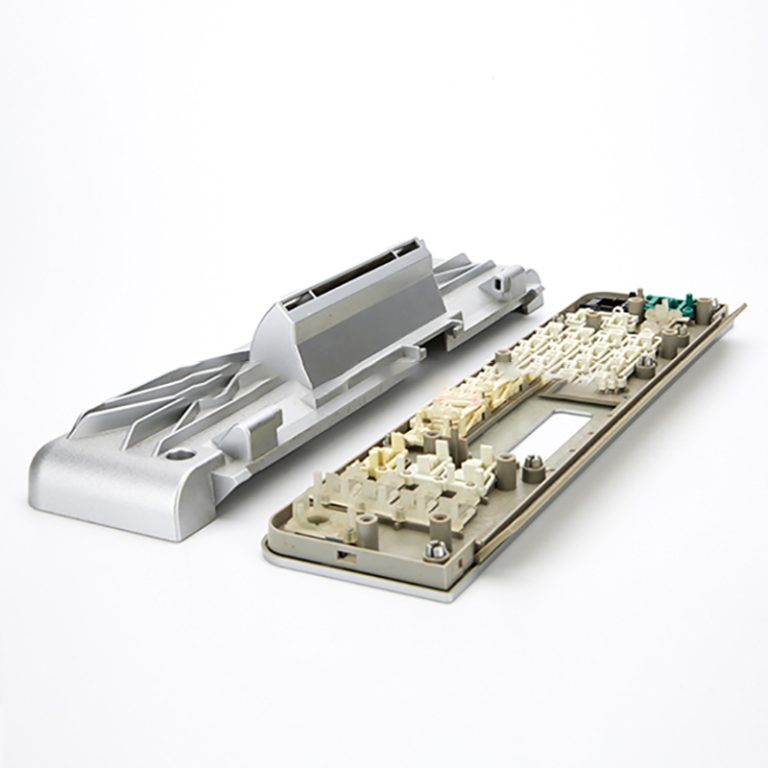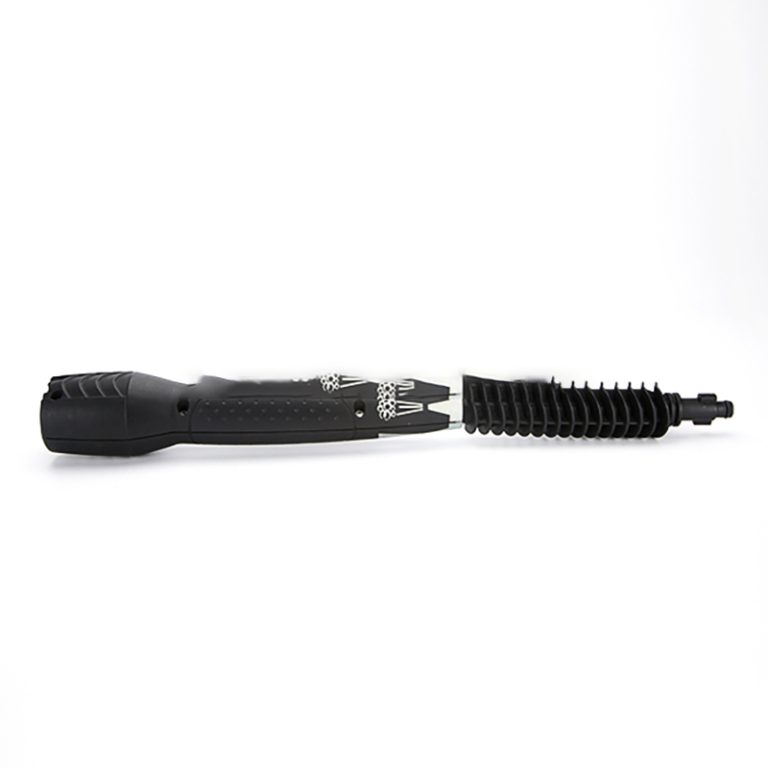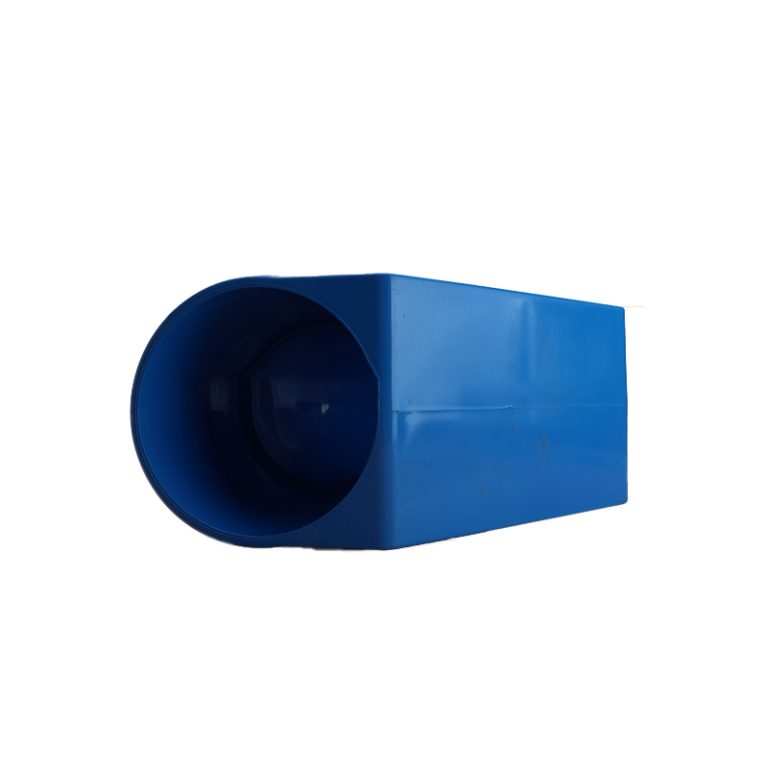The Advantages of Plastic Injection Molding in Manufacturing Processes

Plastic injection molding has become an integral part of the manufacturing industry, revolutionizing the way products are made. This process involves injecting molten plastic into a mold cavity, allowing it to cool and solidify into the desired shape. The advantages of plastic injection molding in manufacturing processes are numerous and have made it the preferred method for producing a wide range of products.
| Material selection | size |
| ABS/PET/PEEK/ETC. | customization |
One of the key advantages of plastic injection molding is its ability to create complex and intricate shapes with high precision. The mold cavity can be designed to include intricate details and features that would be impossible to achieve with other manufacturing methods. This level of precision ensures that the final product meets the exact specifications and requirements, resulting in a high-quality end product.
Another advantage of plastic injection molding is its cost-effectiveness. The initial investment in creating the mold may be high, but once the mold is made, the cost per unit decreases significantly. This is because the production process is highly automated, requiring minimal labor and reducing the overall production costs. Additionally, the high production rate of plastic injection molding allows for large quantities of products to be manufactured in a short period, further reducing costs.

Plastic injection molding also offers a wide range of material options. Different types of plastics can be used, each with its own unique properties and characteristics. This versatility allows manufacturers to choose the most suitable material for their specific application, ensuring that the final product performs optimally. From rigid and durable plastics to flexible and lightweight ones, the possibilities are endless.
Furthermore, plastic injection molding is a highly efficient process. The cycle time for each injection molding cycle is relatively short, allowing for a high production rate. This efficiency is further enhanced by the ability to use multiple cavities in a single mold, enabling the production of multiple parts simultaneously. The automated nature of the process also reduces the risk of human error, ensuring consistent and reliable results.
In addition to its efficiency, plastic injection molding is also environmentally friendly. The process generates minimal waste, as any excess plastic can be recycled and reused. This reduces the amount of plastic waste that ends up in landfills, contributing to a more sustainable manufacturing process. Furthermore, the energy consumption of plastic injection molding is relatively low compared to other manufacturing methods, further reducing its environmental impact.
Lastly, plastic injection molding offers great design flexibility. The mold can be easily modified or replaced to accommodate design changes or product improvements. This allows manufacturers to adapt quickly to market demands and stay ahead of the competition. The ability to produce complex shapes and incorporate various features also opens up new design possibilities, enabling innovative and creative product designs.
In conclusion, plastic injection molding offers numerous advantages in manufacturing processes. Its ability to create complex shapes with high precision, cost-effectiveness, material versatility, efficiency, environmental friendliness, and design flexibility make it the preferred method for producing a wide range of products. As technology continues to advance, plastic injection molding is expected to further revolutionize the manufacturing industry, enabling even more efficient and sustainable production processes.





